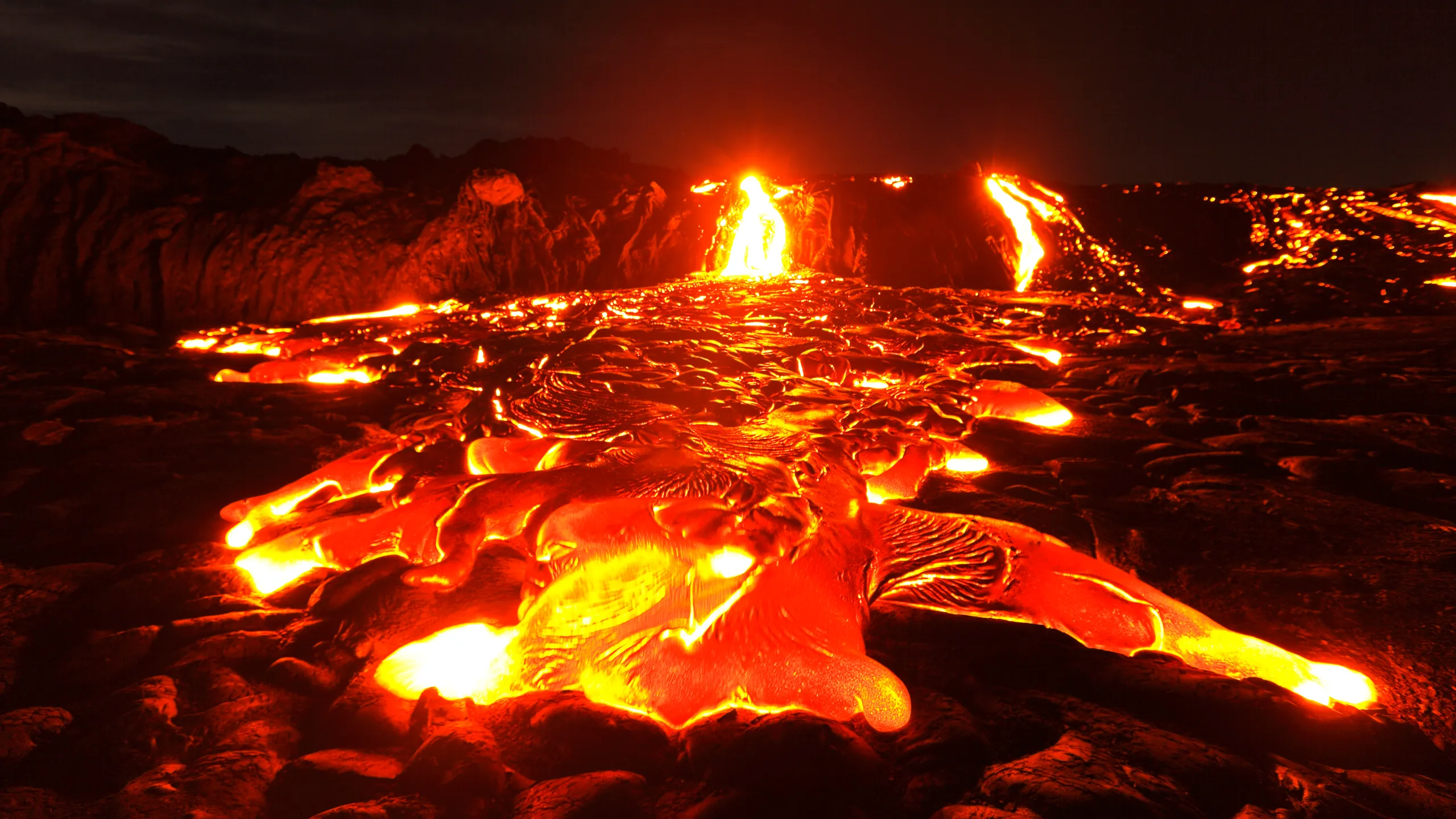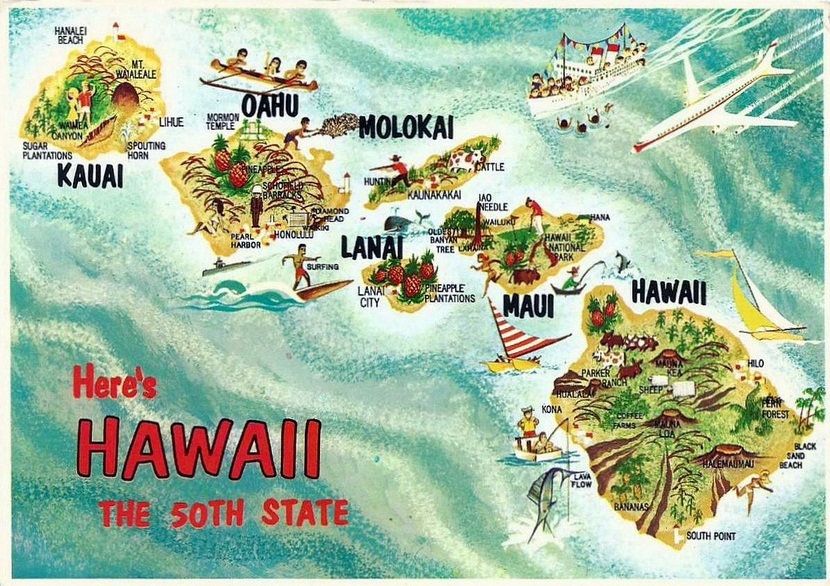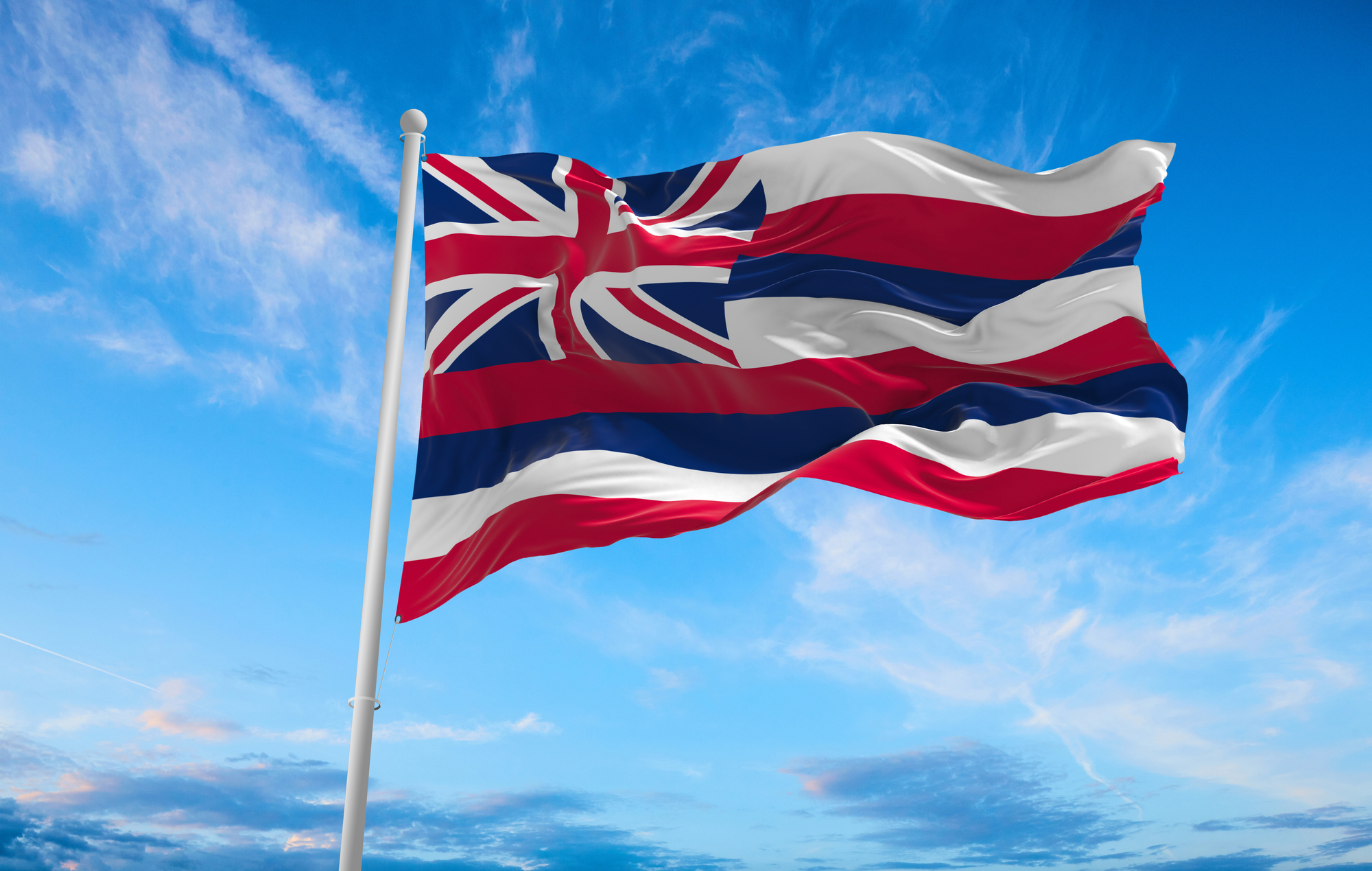Hawaii, an enchanting archipelago located in the central Pacific Ocean, captivates visitors with its stunning landscapes, rich culture, and unique ecosystems. But have you ever wondered how Hawaii was formed? This question leads us into an exciting journey through time and science, exploring the volcanic activity that created the islands, the movement of tectonic plates, and the unique characteristics that make Hawaii one of the most intriguing places on Earth. In this article, we will delve deep into the geological processes, historical significance, and ongoing changes of the Hawaiian Islands, ensuring that even a five-year-old can grasp the fundamental concepts.
Understanding the Earth’s Layers
The Structure of the Earth
To comprehend how Hawaii was formed, we need to first understand the structure of our planet. The Earth is made up of several layers.
- Crust: This is the outermost layer, where we live. It is thin compared to the other layers and consists of land and ocean floors.
- Mantle: Below the crust lies the mantle, a thick layer of semi-solid rock that is hot and flows slowly over time.
- Core: At the center of the Earth is the core, which is extremely hot and made of iron and nickel.
The Earth’s crust is not a single, solid piece. Instead, it is divided into large pieces known as tectonic plates. These plates float on the mantle, and their movement is a crucial factor in the formation of many geographical features, including islands.
Tectonic Plates and Their Movements
The tectonic plates are constantly moving, albeit very slowly. They can collide, pull apart, or slide past one another. This movement can lead to earthquakes, volcanic activity, and the creation of mountains. Hawaii’s formation is primarily associated with a particular type of tectonic activity known as a “hotspot.”
The Concept of Hotspots
What is a Hotspot?
A hotspot is a location in the mantle where magma rises to the surface. This magma can break through the crust and create volcanoes. Unlike the boundaries of tectonic plates, hotspots are relatively stationary.
As tectonic plates move over a hotspot, the magma can create a series of volcanoes, forming islands. This is how the Hawaiian Islands were formed, and we can trace their origin back millions of years.
The Formation Process
- Magma Generation: Deep within the Earth, heat and pressure cause rocks in the mantle to melt, forming magma.
- Rising Magma: The magma, being less dense than the surrounding rock, begins to rise through the cracks in the Earth’s crust.
- Volcanic Eruptions: When the magma reaches the surface, it erupts, spilling lava that cools and solidifies to form new land.
- Island Formation: As eruptions continue over millions of years, layers of lava build up, creating an island.
- Plate Movement: As the tectonic plate moves, the hotspot remains in place, and new islands are formed while older ones may become inactive.
The Big Island of Hawaii: The First Island
Introduction to the Big Island
The Big Island of Hawaii is the youngest and largest of the Hawaiian Islands. It is home to five volcanoes, including Mauna Kea and Mauna Loa, which are both considered shield volcanoes. You Can Also Read This When Did Alaska and Hawaii Become States?
Volcanic Activity on the Big Island
- Mauna Loa: This volcano is the most massive volcano on Earth. Its eruptions are generally non-explosive, with lava flowing gently down its slopes. The last eruption occurred in 2022.
- Kilauea: Known as one of the most active volcanoes in the world, Kilauea has erupted continuously since 1983. Its eruptions have created new land and altered the landscape significantly.
- Mauna Kea: Although it is currently dormant, Mauna Kea is the tallest mountain in the world when measured from its base on the ocean floor. It is a significant site for astronomical observatories due to its high elevation and clear skies.
Formation of the Big Island
The Big Island was formed through a series of eruptions that started over 1 million years ago. As magma erupted and cooled, it built up layers of rock, creating the island we see today. The Big Island continues to grow as Kilauea and Mauna Loa remain active.
Other Islands in the Hawaiian Chain
Maui: The Valley Isle
Maui is the second-largest island and was formed by two volcanoes: Haleakalā and the West Maui Mountains.
- Haleakalā: This volcano is known for its massive crater and stunning sunrises. It last erupted in the 18th century.
- The West Maui Mountains: This older volcano is heavily eroded, with steep cliffs and lush valleys.
Maui’s diverse landscapes range from arid deserts to lush rainforests, showcasing the effects of erosion and volcanic activity.
Oʻahu: The Gathering Place
Oʻahu is famous for its vibrant cities and stunning beaches.
- Diamond Head: This iconic volcanic tuff cone was formed over 300,000 years ago and is a popular hiking destination.
- Waianae and Koolau Ranges: These mountain ranges were formed by ancient volcanoes and showcase the effects of erosion over time.
Oʻahu is the third-largest island and is home to over a million residents, making it the most populated island in Hawaii.
Kauaʻi: The Garden Isle
Kauaʻi is the oldest of the main Hawaiian Islands and is known for its lush landscapes and dramatic cliffs.
- Napali Coast: This rugged coastline is famous for its steep cliffs, valleys, and waterfalls, all formed through erosion.
- Waimea Canyon: Often referred to as the “Grand Canyon of the Pacific,” Waimea Canyon was formed by millions of years of erosion, showcasing layers of rock and lush vegetation.
Kauaʻi’s beauty is a testament to the effects of both volcanic activity and erosion over time.
The Age of the Islands
Understanding Island Ages
The Hawaiian Islands are not all the same age. The Big Island is the youngest, while Kauaʻi is the oldest.
- Dating the Islands: Scientists can estimate the age of the islands by studying the volcanic rock. The older the rock, the longer it has been since the last volcanic activity.
- Geological Features: By examining the landscape, such as erosion patterns and volcanic layers, researchers can piece together the history of each island.
This understanding of age helps scientists learn about the geological history of Hawaii and the processes that formed it.
How Volcanoes Work
Types of Volcanoes
There are several types of volcanoes, and understanding them helps us grasp how the Hawaiian Islands were formed.
- Shield Volcanoes: These volcanoes have broad, gentle slopes and are formed by the eruption of low-viscosity lava. Mauna Loa and Kilauea are examples.
- Cinder Cone Volcanoes: These are small, steep volcanoes formed by the eruption of small fragments of lava that solidify quickly.
- Stratovolcanoes: These are larger, more explosive volcanoes with steep sides, formed from layers of ash, lava, and rocks.
The Eruption Process
- Magma Chamber: The magma accumulates in a chamber beneath the volcano.
- Pressure Build-Up: As more magma rises, pressure builds up until it finds a way to escape.
- Eruption: When the pressure is too much, the volcano erupts, sending ash, gases, and lava into the air.
- Formation of New Land: The lava flows and solidifies, adding to the landmass of the island.
Eruptions in Hawaiian History
Hawaii has a rich history of volcanic eruptions. Some notable events include:
- Kilauea Eruptions: Kilauea has had numerous eruptions throughout history, with the most significant eruption occurring in 2018, which led to extensive lava flows and the creation of new land.
- Mauna Loa Eruptions: Mauna Loa’s eruptions have shaped the landscape significantly, with its last eruption occurring in 2022.
The Role of Erosion
Understanding Erosion
Erosion is the process by which natural forces wear down rocks and landscapes. This can be caused by wind, water, ice, and gravity.
- Water Erosion: Rainfall can wear down rocks and soil, creating rivers and valleys.
- Wind Erosion: Wind can carry away loose particles, shaping the land over time.
- Ice Erosion: Glaciers can carve out valleys and create unique landforms.
Erosion in Hawaii
Erosion plays a crucial role in shaping the Hawaiian Islands, especially the older islands like Kauaʻi.
- Formation of Valleys: Erosion can create deep valleys and gorges, adding to the islands’ diverse landscapes.
- Cliff Formation: Steep cliffs along the coast are often the result of erosion, showcasing the island’s volcanic history.
- Soil Creation: Erosion also helps create fertile soil, allowing for lush vegetation to thrive.
Unique Ecosystems of Hawaii
Biodiversity in Hawaii
Hawaii is home to a rich diversity of plants and animals, many of which are found nowhere else in the world.
- Native Species: Due to its isolation, many species have evolved uniquely in Hawaii, including the Hawaiian monk seal and the nene (Hawaiian goose).
- Plant Life: The islands boast thousands of plant species, including native flowers like the hibiscus and the ohia lehua.
Different Ecosystems
Each island has distinct ecosystems shaped by its climate, elevation, and volcanic activity.
- Rainforests: Areas like the Hawaiian Tropical Rainforest are lush and filled with unique flora and fauna.
- Deserts: The Big Island has arid regions, showcasing a stark contrast to the tropical environments.
- Coastal Areas: Hawaii’s beaches and coral reefs are vital ecosystems that support marine life.
The Cultural Significance of Hawaii
Connection to the Land
Hawaiian culture is deeply connected to the land. The Hawaiian people believe that the land is alive and filled with spirit.
- Pele, the Goddess of Fire: Pele is a central figure in Hawaiian mythology, representing volcanoes and the land. Many stories about Pele reflect the cultural significance of volcanic activity.
- Traditional Practices: The Hawaiian people have traditional practices that honor the land, including hula and chants that celebrate the islands’ beauty and history.
Preservation of Culture
Preserving Hawaiian culture is essential for future generations.
- Cultural Education: Schools and organizations work to teach children about their heritage, ensuring that traditional practices are passed down.
- Land Stewardship: Many Hawaiians actively participate in conservation efforts to protect their unique ecosystems and cultural heritage.
The Future of Hawaii
Ongoing Geological Changes
Hawaii is still changing today. The volcanic activity continues, and scientists closely monitor the islands.
- Volcanic Monitoring: Organizations like the United States Geological Survey (USGS) study volcanoes to predict eruptions and understand their impacts.
- Creating New Land: As lava flows into the ocean, new land is formed, changing the landscape constantly.
Environmental Challenges
Hawaii faces various environmental challenges, including climate change and natural disasters.
- Rising Sea Levels: Coastal areas are at risk due to rising sea levels, affecting habitats and human settlements.
- Invasive Species: Non-native plants and animals can threaten the delicate ecosystems, requiring active management.
- Natural Disasters: Earthquakes and tsunamis pose risks to residents and infrastructure.
Community Efforts
The local community plays a vital role in addressing these challenges.
- Environmental Conservation: Many organizations work to restore habitats and protect native species.
- Community Education: Educating residents and visitors about the importance of preserving Hawaii’s unique environment is crucial.
- Sustainable Practices: Emphasizing sustainable tourism and agriculture helps protect the land for future generations.
Conclusion
In conclusion, the question “how was Hawaii formed” opens up a fascinating exploration of geological processes, cultural significance, and environmental challenges. From the hot molten rock of the mantle to the stunning islands we see today, the story of Hawaii is one of volcanic activity, tectonic movements, and the resilience of nature. Visit the home page of Hawaiian Page
By understanding Hawaii’s formation, we can appreciate not only the beauty of its landscapes but also the importance of preserving this unique environment for generations to come. Hawaii is a living example of how nature works, reminding us of the delicate balance between humanity and the natural world.


